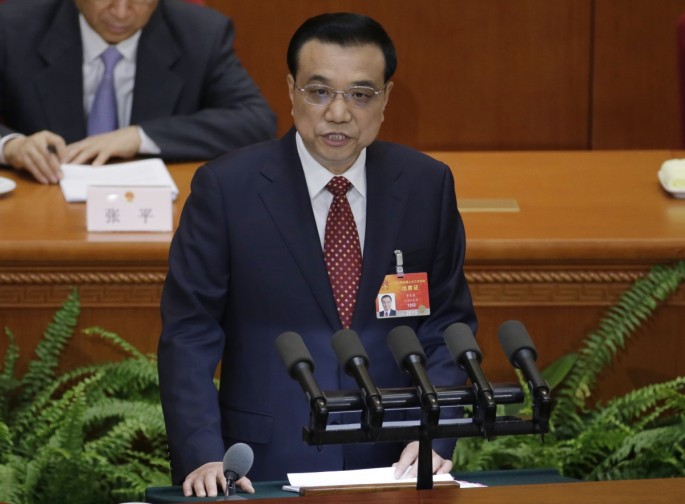China believes that it could achieve an innovation-driven development though knowledge spillover. Chinese Premier Li Keqiang claimed that the goal of the country is to innovate, in all facets.
China, now facing an economic slowdown, also faces the difficulty of achieving an innovation-led development. People who are in unfortunate circumstances will find it difficult to innovate.
However, Premier Li is not losing any hope. The country wants to follow in the footsteps of the U.S. when it comes to innovation. The U.S. managed to maintain a high capability to innovate for several years and is anticipated to still be the leading country of innovation in the next few years.
Even after dealing with a financial crisis in 2008, the U.S. did not lose its capacity to innovate. This is because the U.S. has institutions and institutional framework built upon people who are themselves very willing to take on the risks of innovating. Americans are willing to shell out their money in the name of innovation. Not only do they put out their money to gain new ideas, they also do so to encourage others to innovate or protect others from the harrowing effects of innovation failures so that they do not stop innovating.
China can benefit from having such a model and mentality. According to the Global Times, not only should China encourage innovation in education, but in all aspects of the country, from its economy, to its government policies, and so on. The government should not only put out money to stimulate spending or shelter people from poverty, but also to improve institutional conditions for innovation to happen.
Apart from putting the necessary conditions, firms must be encouraged to do two things: To innovate by using new technology or new business models, and then to extend these technologies and models. For the second stage, firms are not asked to do anything new. Instead, they should use something old and then apply this into a new process.
Firms should not be barred from using the models of others. According to the Global Times, China is not the U.S., which is a developed country able to engage in more original innovations; China can rely on knowledge spillovers. This means applying the innovation of others in new ways. This is still innovation. This is being done for the past 35 years and China should not stop.



























